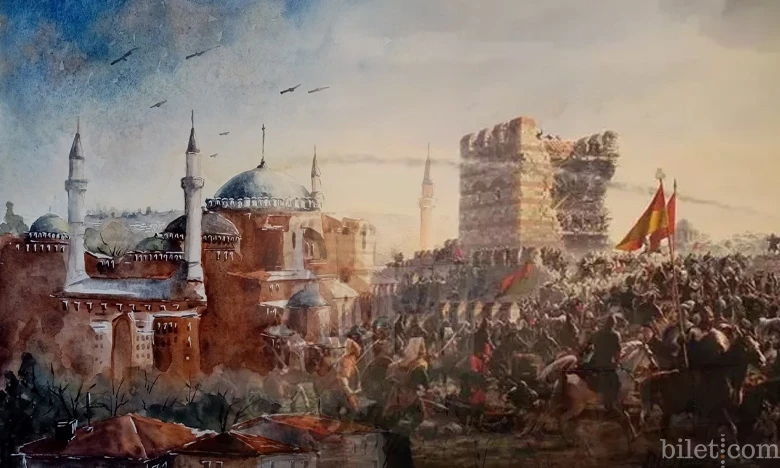May 29, 1453 is a date that changed the fate of not only a city, but also an empire and a civilization. That day, the Ottoman army led by Fatih Sultan Mehmet succeeded in conquering Istanbul after a 53-day siege. This victory changed the course of not only the Ottoman Empire but also world history.
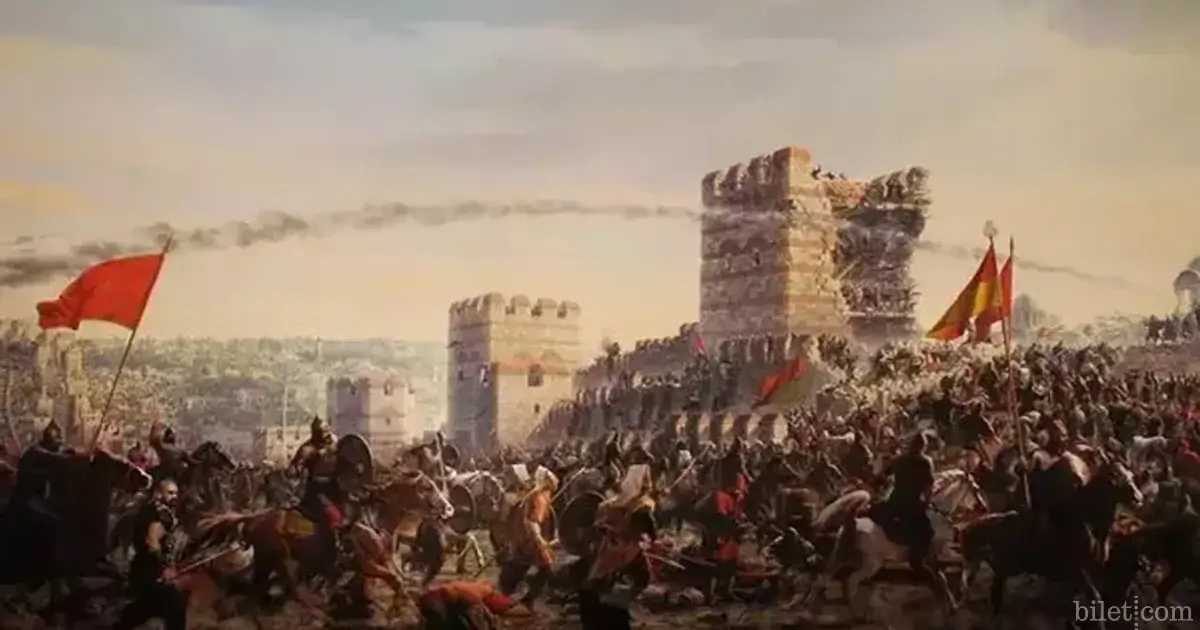
Conquest of Istanbul
The conquest of Istanbul is an event that significantly affected not only the history of the Ottoman Empire but also the history of the world. This conquest ushered in the golden age of the empire and led to important developments in many different fields.
The Conquest is commemorated with enthusiastic celebrations on May 29 every year. These celebrations include official ceremonies, conferences, exhibitions, concerts and illuminations.
On May 29, 2024, the 571st anniversary of the conquest of Istanbul was commemorated with enthusiastic celebrations. This historical victory, realized in 1453 under the leadership of Sultan Mehmet the Conqueror, was celebrated magnificently with official ceremonies, conferences, exhibitions, concerts and illuminations.
A Journey into History in Istanbul
The Ottoman Empire's conquest of Istanbul under the leadership of Fatih Sultan Mehmet on May 29, 1453 is one of the most important turning points in history. This year, we celebrate the 571st anniversary of the conquest of Istanbul. On this occasion, let's take a look at the oldest historical heritages of Istanbul and make suggestions for an unforgettable historical Istanbul tour. Here are some of the structures that have survived from the Byzantine and Ottoman periods in Istanbul:
Hagia Sophia
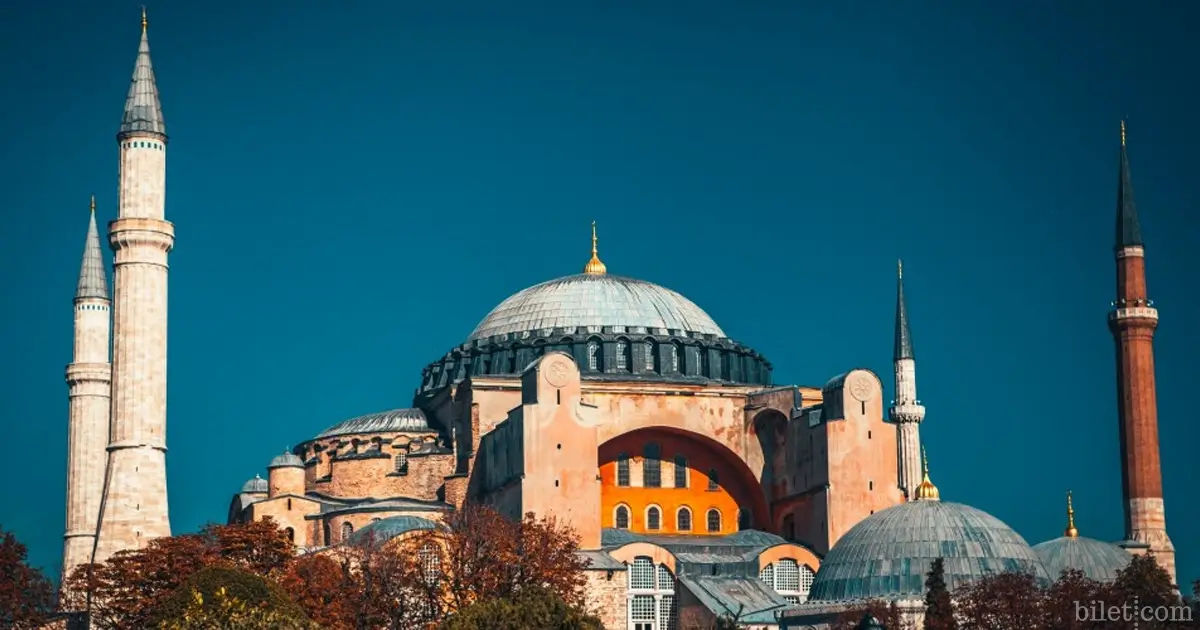
This magnificent structure from the Byzantine period is one of the most iconic symbols of Istanbul. Hagia Sophia, which was converted into a mosque after the conquest, was turned into a museum in 1934.
Basilica Cistern
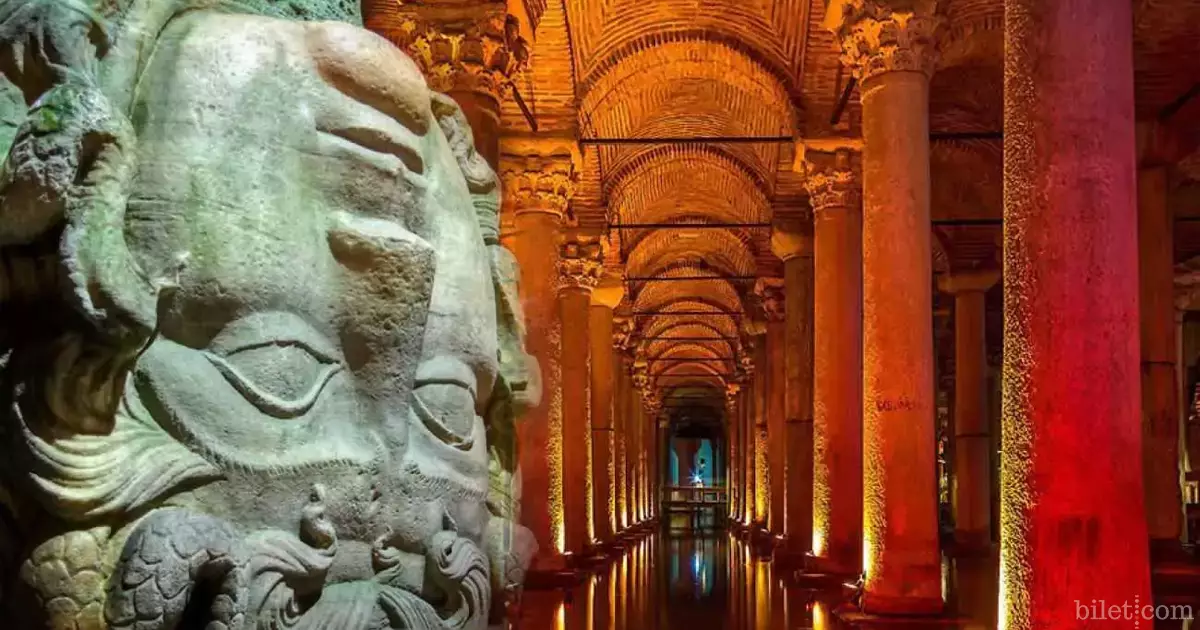
Built by the Byzantine Emperor Justinian in the 6th century, this cistern is one of the most mysterious and fascinating places in Istanbul.
Galata tower
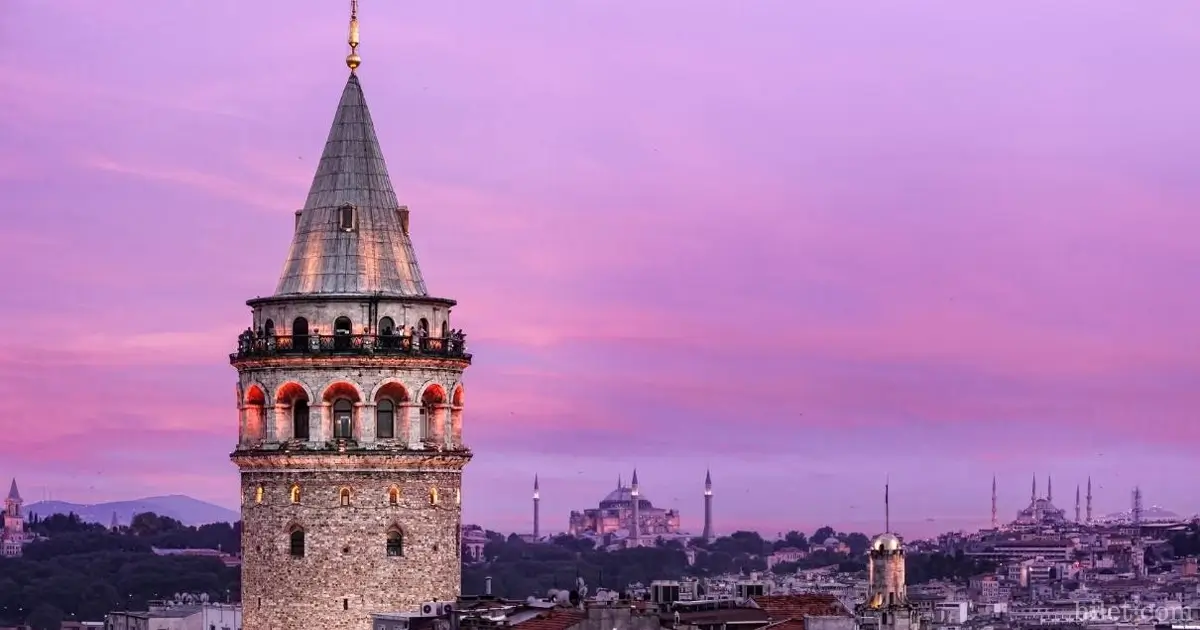
Built by the Genoese in the 14th century, this tower offers panoramic views of Istanbul.
Suleymaniye Mosque
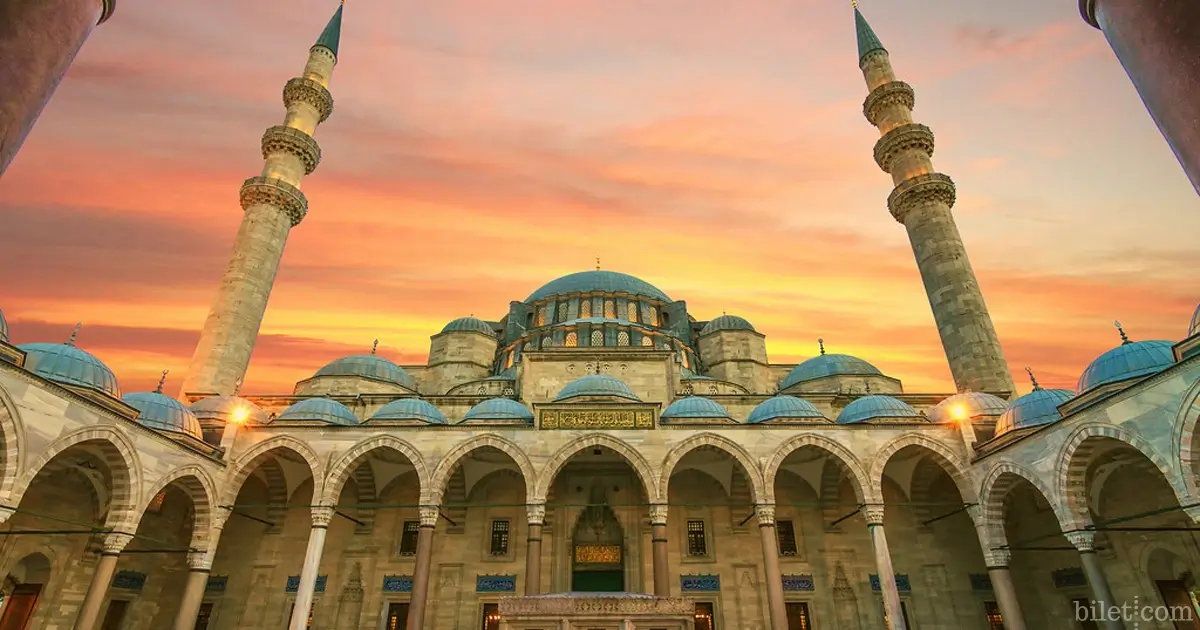
Built by Suleiman the Magnificent in the 16th century, this mosque is one of the most beautiful examples of Ottoman architecture.
Grand Bazaar
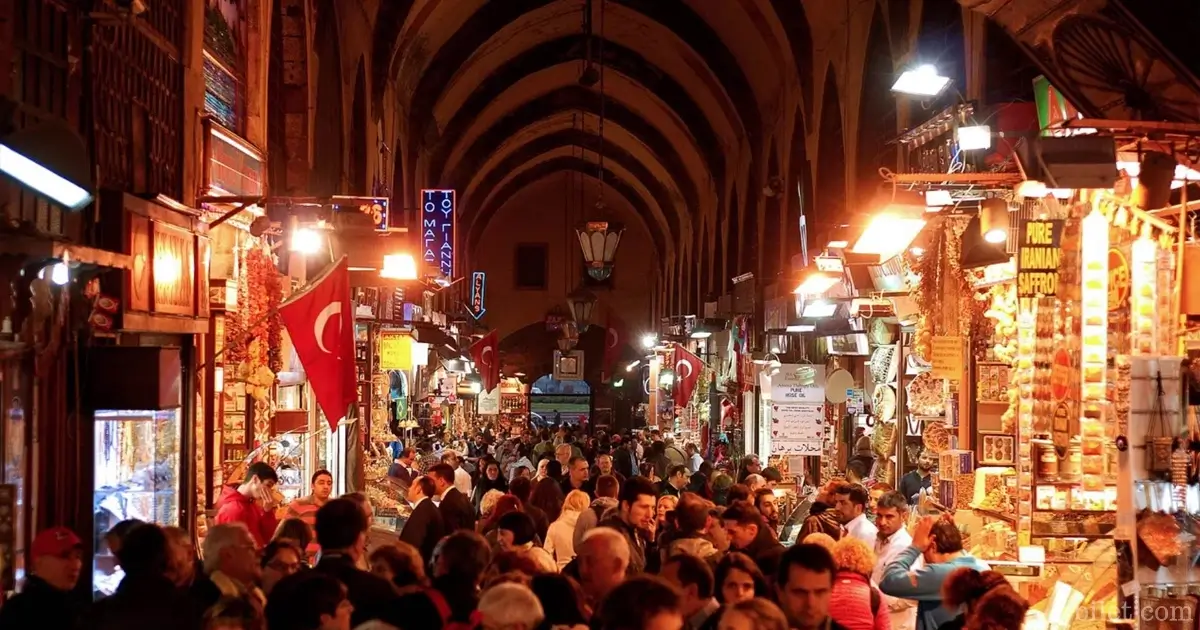
The Grand Bazaar, one of the oldest and largest covered markets in the world, is like a labyrinth with its 61 streets and more than 4,000 shops. You can find many different products such as carpets, rugs, jewellery, spices and leather products in the Grand Bazaar.
Topkapi palace
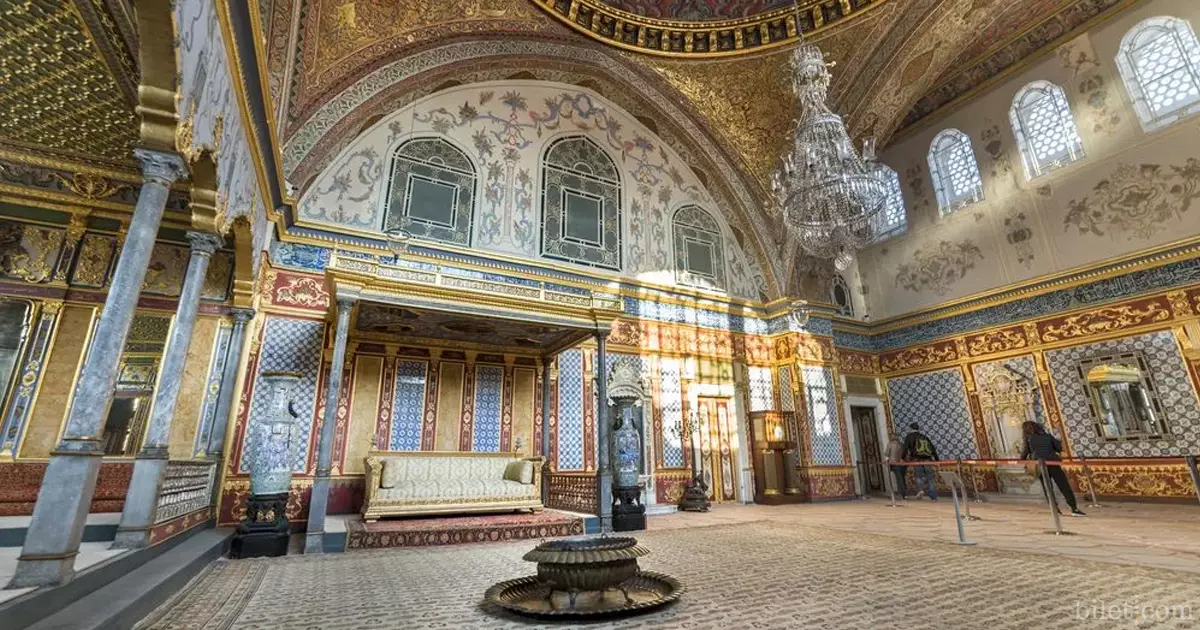
Topkapi Palace, located in Istanbul, the capital of the Ottoman Empire for 400 years, was built in 1465. The palace, which was the residence and administrative center of the sultans, now serves as a museum. You can visit different parts of the palace such as the Harem, Divanhane, Treasury and Ağalar Garden.
Chora Church (Kariye Mosque)
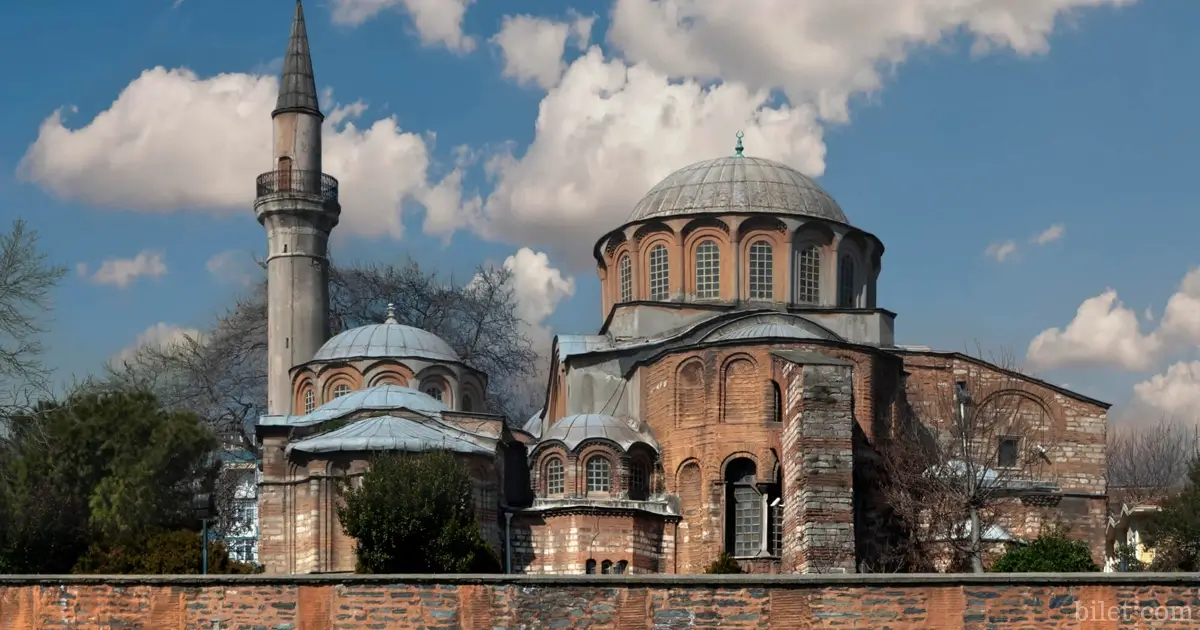
This church, dedicated to the Virgin Mary, is decorated with Byzantine frescoes. Chora Church, built in the 14th century, serves as a museum today.
Bozdoğan Arch
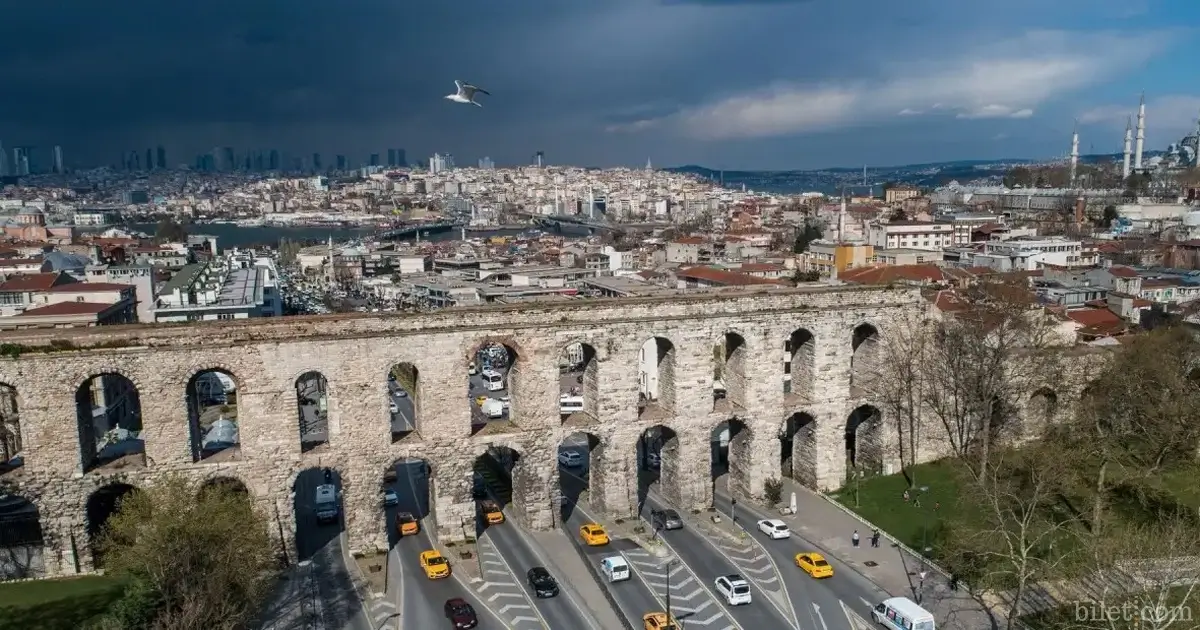
Bozdoğan Aqueduct is a historical aqueduct in Istanbul. This aqueduct, which was restored by Ottoman Sultans in different periods, is one of the important historical monuments of the city. It is one of the most important aqueducts that met the water needs of the city in the Middle Ages.
Hagia Irene Church
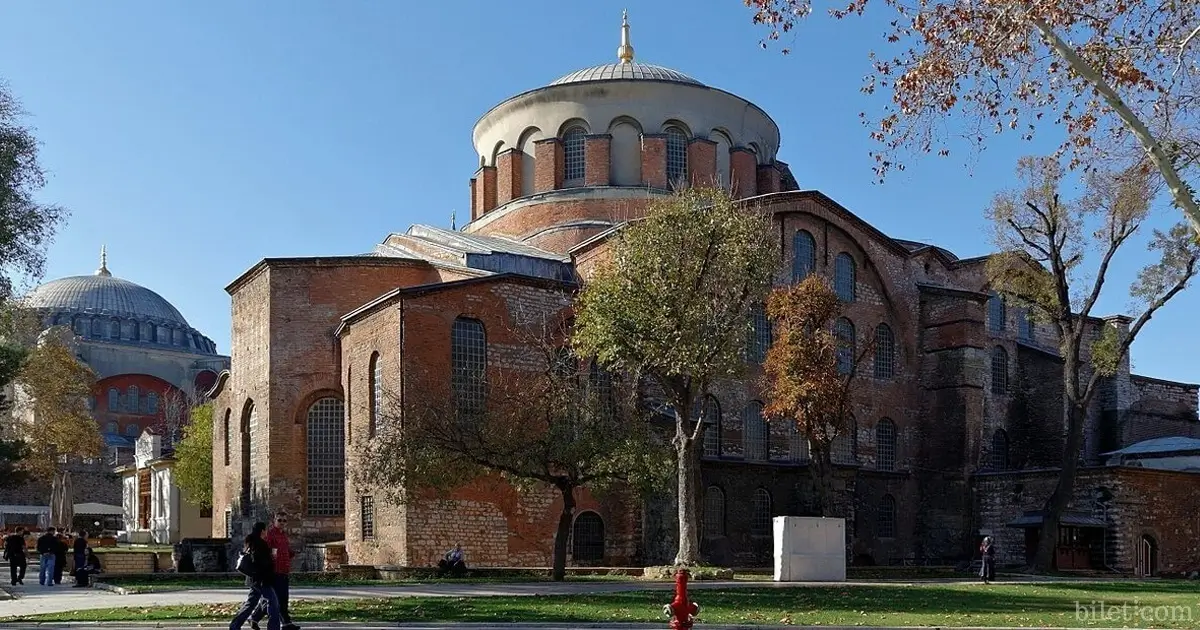
Hagia Irene Church is a historical church located in Istanbul. This church, which is on the UNESCO World Heritage List, served as an important religious and political center during the Byzantine Empire.
Maiden's Tower
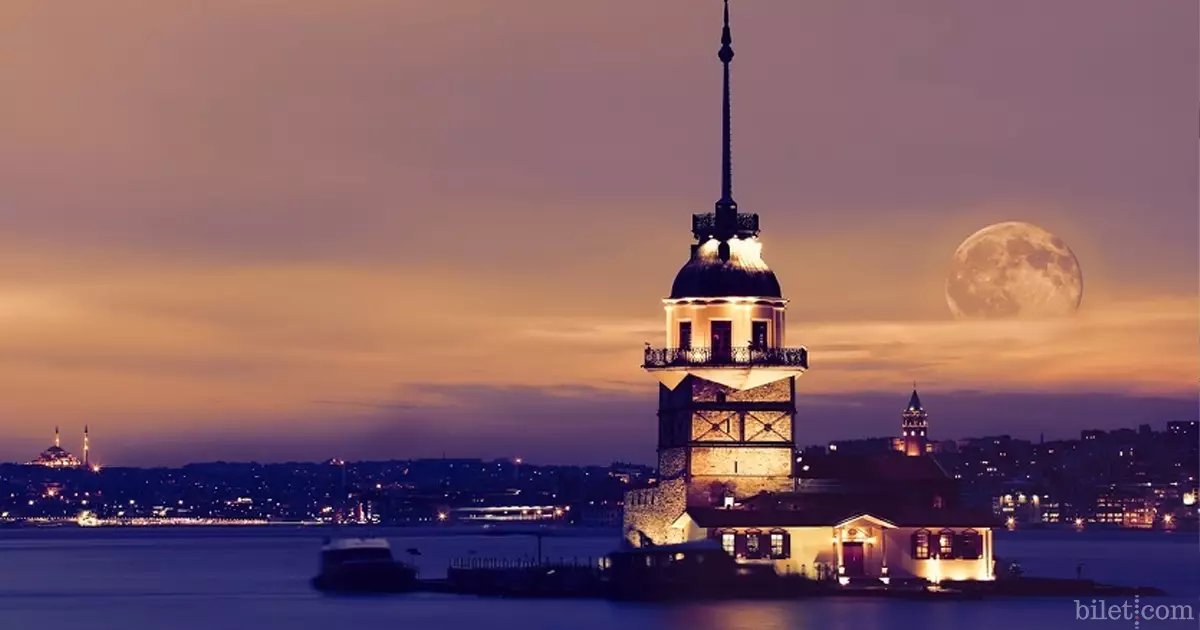
Maiden's Tower is one of the most iconic symbols of Istanbul. This tower, rising on a small island at the entrance of the Bosphorus off the coast of Salacak, has been used for many different purposes throughout its history.
